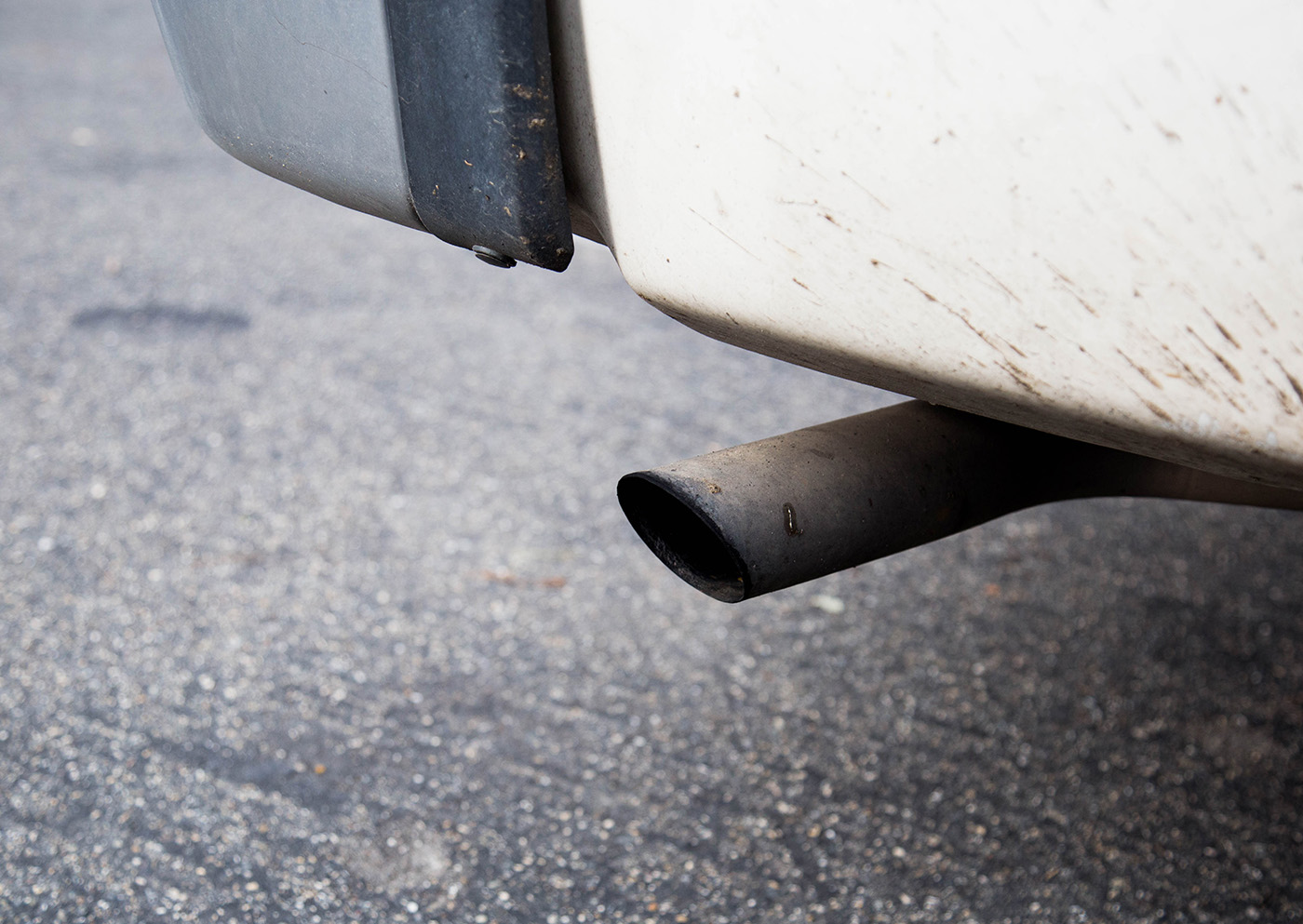The 2018 Biennial Sustainability Progress Report was released Jan. 29, and includes updated statistics concerning Cal Poly’s water and energy use, waste management and climate action plan.
While in 2017, buildings were emitting the most greenhouse gasses (GHG), the new report shows that now transportation makes up 51 percent of campus GHG emissions. This is seen as a major concern for Director of Energy, Utilities and Sustainability Dennis Elliot.
“For students that live off campus, the most important thing you can do is commit to a low- or no-carbon method of getting to and from school,” Elliot said.
According to the new report, Cal Poly uses a majority of reusable energy, as similar to last year. While the main source of Cal Poly’s energy is from PG&E, the report states that over half of the electricity PG&E provides to Cal Poly comes from sources that are renewable and/or do not emit greenhouse gasses.
One of the most notable sustainability projects in 2018 was the completion of a solar farm on the western edge of campus. The farm now provides 25 percent of the university’s electricity needs, saving Cal Poly $17 million over 20 years.
Elliot said one of the most impactful ideas from the 2018 Sustainability Progress Report is the idea that climate change is becoming a more immediate reality. Climate change is specifically relevant during discussion of the California wildfires, which burned more than 1.3 million acres in 2018.
“The consensus is that the wildfires are directly attributable to climate change,” Elliot said.
He said he hopes students will understand the impact of climate change not just on campus, but world wide and use resources such as on-campus clubs, sustainable transportation and sustainability courses to help address climate change.
“For students attending Cal Poly today, it is my hope that they see the connection between climate change and sustainability and their personal values, and what it means for their profession,” Elliot said. “But we will see incredible social and technological revolution in the coming years.”



